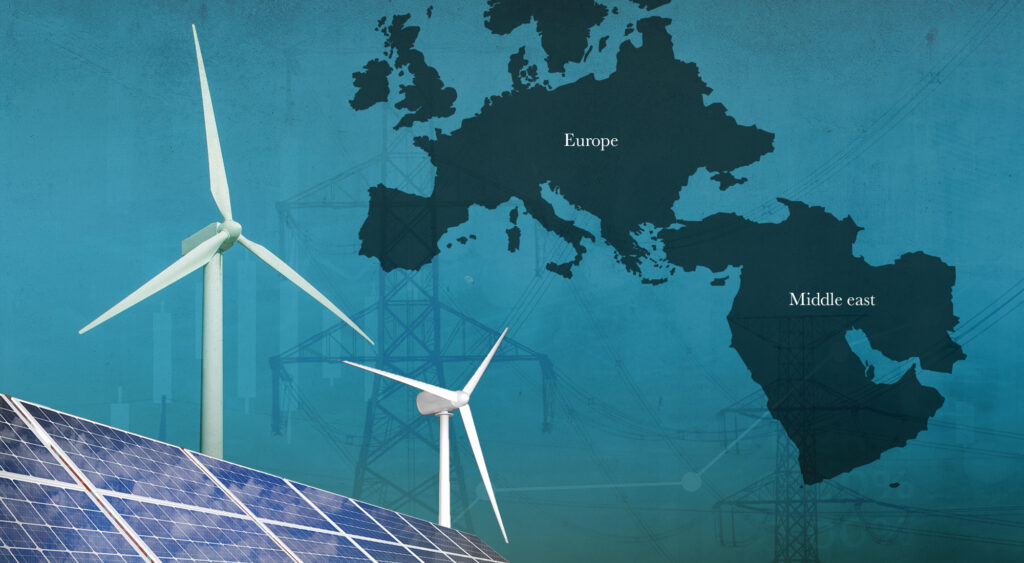Global energy markets are witnessing a significant surge in prices, driven by heightened instability in the Middle East. The region, a critical hub for oil and gas production, has seen escalating tensions over the past few weeks, raising concerns about supply disruptions and their ripple effects across the global economy.
Middle East Tensions Fuel Market Volatility
The recent surge in energy prices can be attributed to geopolitical unrest involving key oil-producing nations. In particular, renewed conflicts and threats to critical infrastructure, such as pipelines and shipping routes, have stoked fears of a prolonged supply shortage. These developments have led to a sharp increase in Brent crude oil prices, which recently breached $95 per barrel, marking a five-month high. Natural gas prices have similarly spiked, particularly in Europe and Asia, where winter demand is exacerbating supply concerns.
“The Middle East remains the cornerstone of global energy markets. Any instability in the region reverberates through the world,” noted Sarah Blake, an energy analyst at Global Insights. “The current uncertainty is driving speculative trading and hoarding, further amplifying price hikes.”
Economic Implications Worldwide
The impact of rising energy prices is far-reaching. For developed economies, higher energy costs threaten to derail post-pandemic recovery efforts, with inflationary pressures hitting households and businesses alike. In the United States, the national average for gasoline has climbed to $4.20 per gallon, up from $3.80 just a month ago. Similarly, European nations are grappling with increased heating bills, sparking public discontent and calls for government intervention.
Emerging economies, heavily reliant on imported energy, are facing even graver consequences. Countries like India and Indonesia have reported widening trade deficits as the cost of oil imports surges. These nations are also experiencing currency depreciation, further compounding the economic strain.
Global Energy Transition: Challenges Intensify
The current crisis has reignited debates about the global energy transition. While renewable energy sources are touted as the long-term solution to dependency on fossil fuels, the ongoing reliance on oil and gas underscores the challenges of a swift transition. Policymakers are grappling with balancing immediate energy needs against climate goals, particularly as consumers demand both affordable energy and sustainable solutions.
“The crisis highlights the urgent need for diversified energy portfolios,” said Dr. Ahmed Khalid, a professor of energy policy. “Governments must invest in renewable infrastructure while maintaining strategic reserves to cushion against future shocks.”
Market Outlook
Analysts predict that energy prices will remain volatile in the short term, with potential further increases if geopolitical tensions escalate. The Organization of the Petroleum Exporting Countries (OPEC) and its allies have announced plans to discuss output adjustments, but it remains unclear whether increased production can offset market fears.
Meanwhile, governments worldwide are implementing emergency measures. The U.S. has released additional barrels from its Strategic Petroleum Reserve, and European leaders are exploring price caps to protect consumers. However, these actions may provide only temporary relief.
Conclusion
As global markets navigate the complexities of rising energy prices, the current crisis underscores the interconnected nature of geopolitics, energy, and economics. With no immediate resolution in sight, businesses and consumers alike must brace for a challenging winter.
For now, the world’s attention remains fixed on the Middle East, where stability is not only a regional concern but a critical factor in global energy security.

